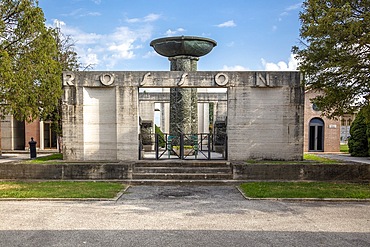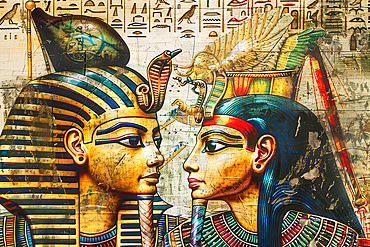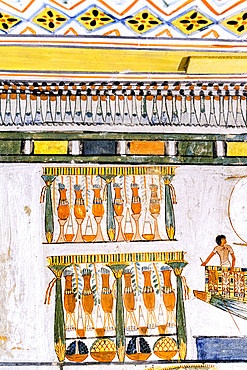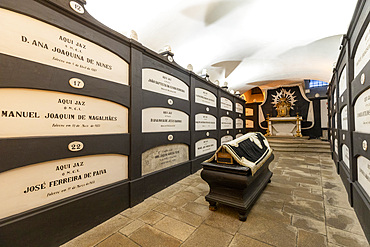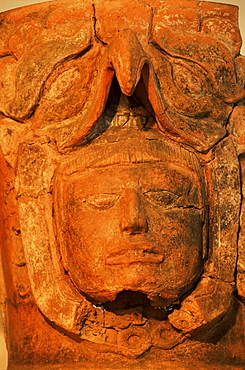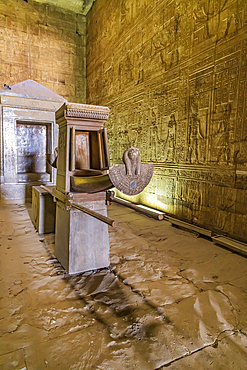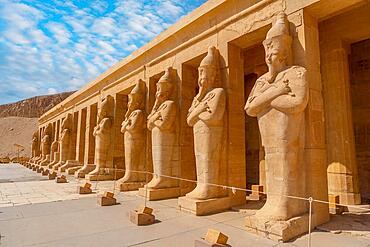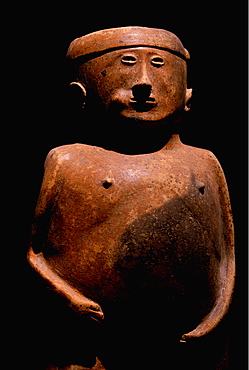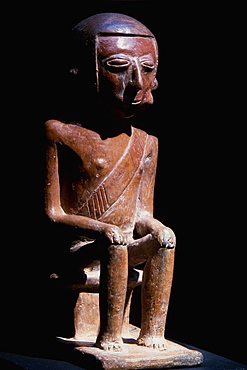Results
28 results found
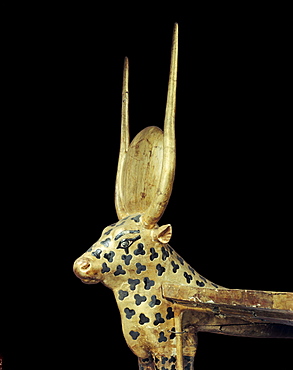
Head of a funerary couch in the form of a sacred cow, from the tomb of the pharaoh Tutankhamun, discovered in the Valley of the Kings, Thebes, Egypt, North Africa, Africa

Head of a funerary couch in the form of the goddess Thouries (in the form of a hippopotamus, from the tomb of the pharaoh Tutankhamun, discovered in the Valley of the Kings, Thebes, Egypt, North Africa, Africa
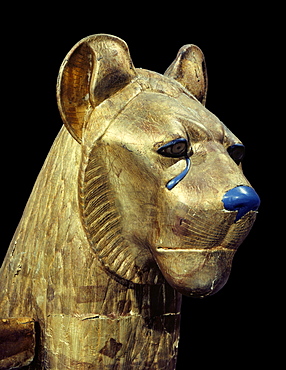
Head of a funerary couch in the form of a cheetah or lion, from the tomb of the pharaoh Tutankhamun, discovered in the Valley of the Kings, Thebes, Egypt, North Africa, Africa
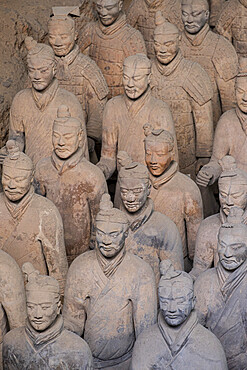
The Terracotta Warriors (Terracotta Army), the funerary army of Emperor Qin Shi Huang in Xian Museum, UNESCO World Heritage Site, Xian, Shaanxi, China, Asia
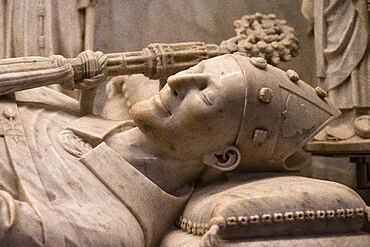
Tomb of John of Aragon, Metropolitan and Primatial Cathedral Basilica of Santa Tecla (Tarragona Cathedral), Tarragona, Catalonia, Spain
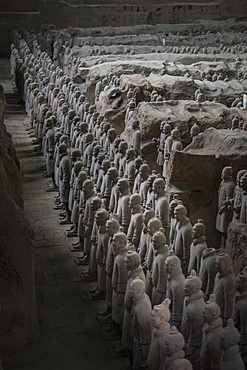
Terracotta Army at the Qin Terracotta Warriors and Horses Museum in Xi'an, Shaanxi Province, China, Asia
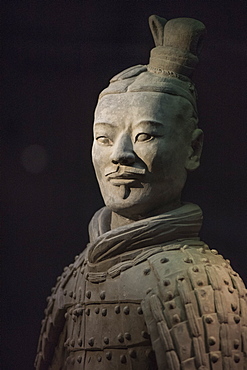
Terracotta Army at the Qin Terracotta Warriors and Horses Museum in Xi'an, Shaanxi Province, China, Asia
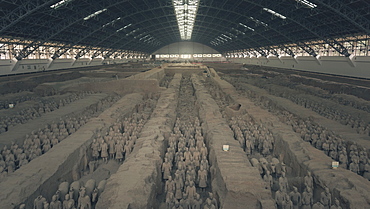
Terracotta Army at the Qin Terracotta Warriors and Horses Museum in Xi'an, Shaanxi Province, China, Asia
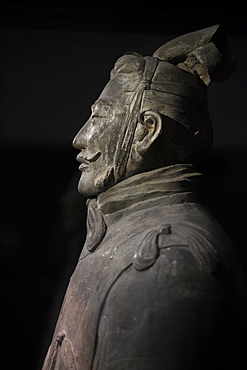
Terracotta Army at the Qin Terracotta Warriors and Horses Museum in Xi'an, Shaanxi Province, China, Asia
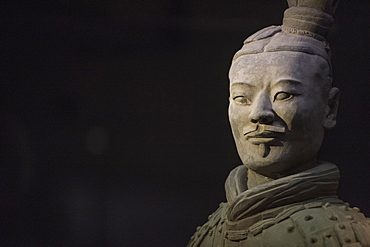
Terracotta Army at the Qin Terracotta Warriors and Horses Museum in Xi'an, Shaanxi Province, China, Asia

The Terracotta Warriors (Terracotta Army), the funerary army of Emperor Qin Shi Huang in Xian Museum, UNESCO World Heritage Site, Xian, Shaanxi, China, Asia
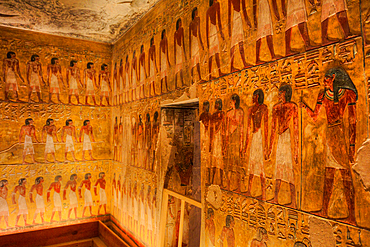
Bas Relief, Tomb of Seti I, KV17, Valley of the Kings, Ancient Thebes, UNESCO World Heritage Site, Luxor, Egypt, North Africa, Africa
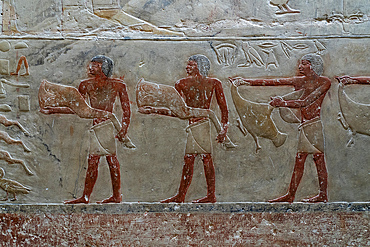
Tomb of princess Seshseshet Idut, complex of Saqqara, UNESCO World Heritage Site, Egypt, North Africa, Africa

Tomb of Nefertari, Valley of the Queens, UNESCO World Heritage Site, Thebes, Egypt, North Africa, Africa
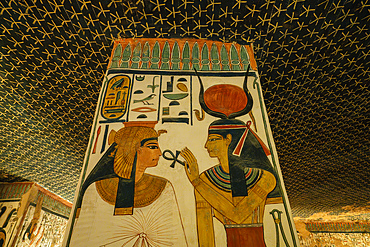
Tomb of Nefertari, Valley of the Queens, UNESCO World Heritage Site, Thebes, Egypt, North Africa, Africa
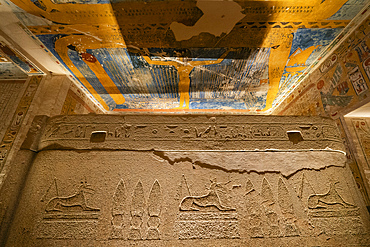
Ramses IV tomb, Valley of the Kings, UNESCO World Heritage Site, Thebes, Luxor, Egypt, North Africa, Africa
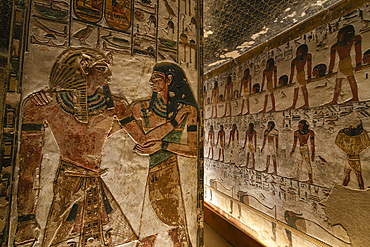
Tomb of Seti I, Valley of the Kings, UNESCO World Heritage Site, Thebes, Luxor, Egypt, North Africa, Africa
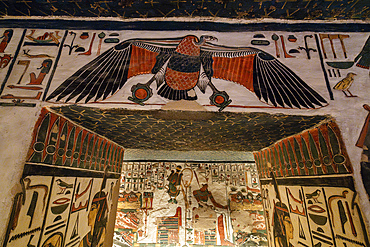
Tomb of Nefertari, Valley of the Queens, UNESCO World Heritage Site, Thebes, Egypt, North Africa, Africa

Reliefs, Temple of Opet, Karnak Temple Complex, UNESCO World Heritage Site, Luxor, Egypt, North Africa, Africa
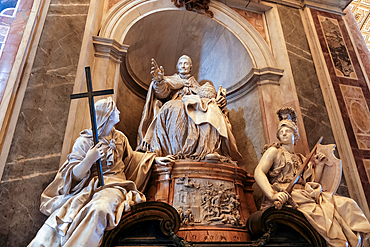
Detail of the funerary monument to Pope Innocent XI, by the French sculptor Pierre-Etienne Monnot, housed within St. Peter's Basilica in Vatican City, the papal enclave in Rome, UNESCO World Heritage Site, Rome, Lazio, Italy, Europe

Plaster cast of the Schreyer-Landauer monument funerary memorial by Adam Kraft, about 1460-1509, showing detail of Christ's entombment, Victoria and Albert Museum, Kensington, London, England, United Kingdom, Europe
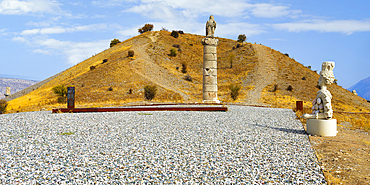
Karakus Tumulus, Funerary monument of Queen Isias and Princesses Antiochis and Aka, Adiyaman province, Turkey, Asia Minor, Asia
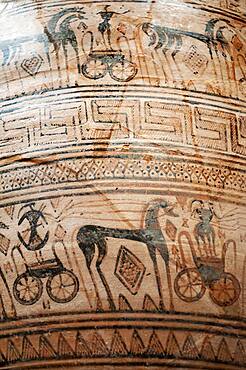
Detail of Terracotta funerary krater. Greek, Attic, Geometric, ca. 725 B.C. Atributed to the Trachones Workshop.
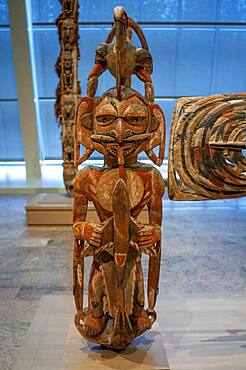
New Ireland Malagan funerary statue in at the Metropolitan Museum of Art museum, New York, USA. New Ireland is part of the Bismarck Archipelago, situated north of New Guinea, and has an estimated population of 100,000. The Dutch first encountered the island in 1616, and today New Ireland is a province of Papua New Guinea. Nineteen different languages are spoken on the island, and it is divided by a chain of mountains into three distinct regions: northern, central, and southeastern. The art of New Ireland traditionally centered on mortuary ceremonies and feasts to honor the dead. In northern New Ireland, the name given to these elaborate ceremonies is malagan, which is also the term used for the carved and painted sculptures associated with the ceremonies.
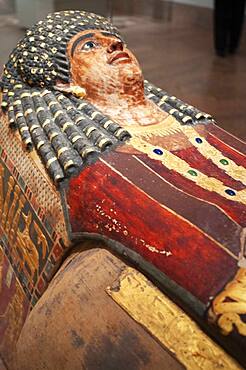
Artemidora, A.D. 90-100. From Meir. Mummy. Metropolitan Museum of Art, New York, USA. The mask portrays a young woman lying flat as if upon her bier. Her hair is arranged in tiers of snail curls over her forehead. Alongside her face flows a black Egyptian-style wig, the long locks bound with narrow rings of gold in pharaonic fashion.

The Great Sphinx of Giza and in the background the Pyramids of Giza at sunset, the oldest funerary monument in the world. In the city of Cairo, Egypt, Africa
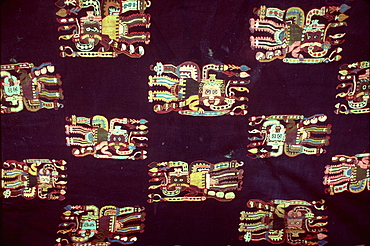
Paracas Culture, 300BC-100AD, funerary wrap with fantastic zoomorphic figures finest Pre-Columbian textiles Archaeology Museum, Lima, Peru
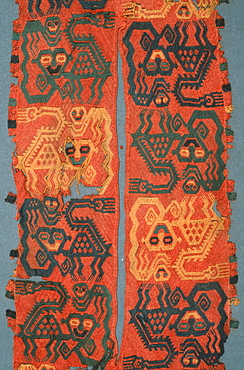
Paracas Culture, 300BC-100AD, funerary wrap with jaguar and monkey design on collar of mantle collection of the Museo Amano, Lima, Peru
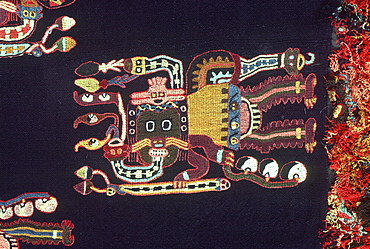
Paracas Culture, 300BC-100AD, funerary wrap with fantastic zoomorphic figures finest Pre-Columbian textiles Archaeology Museum, Lima, Peru
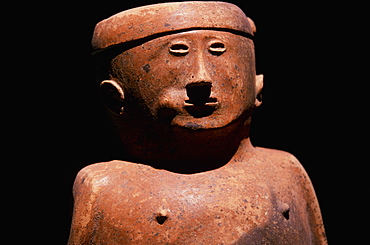
Capuli Culture a ceramic 'Coquero' funerary figure chewing coca, from the collection of the Banco Central de Ecuador, Quito, Ecuador
